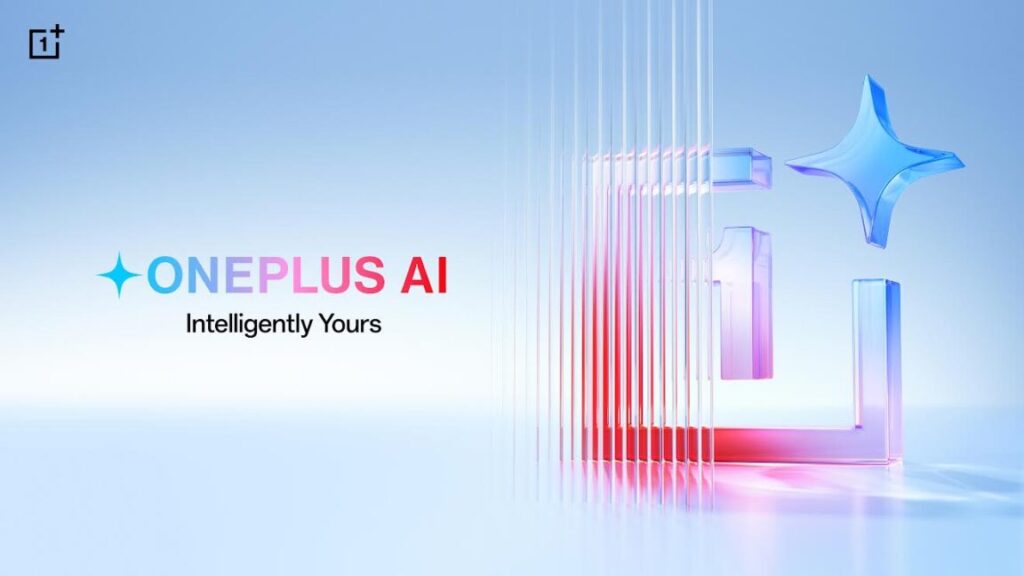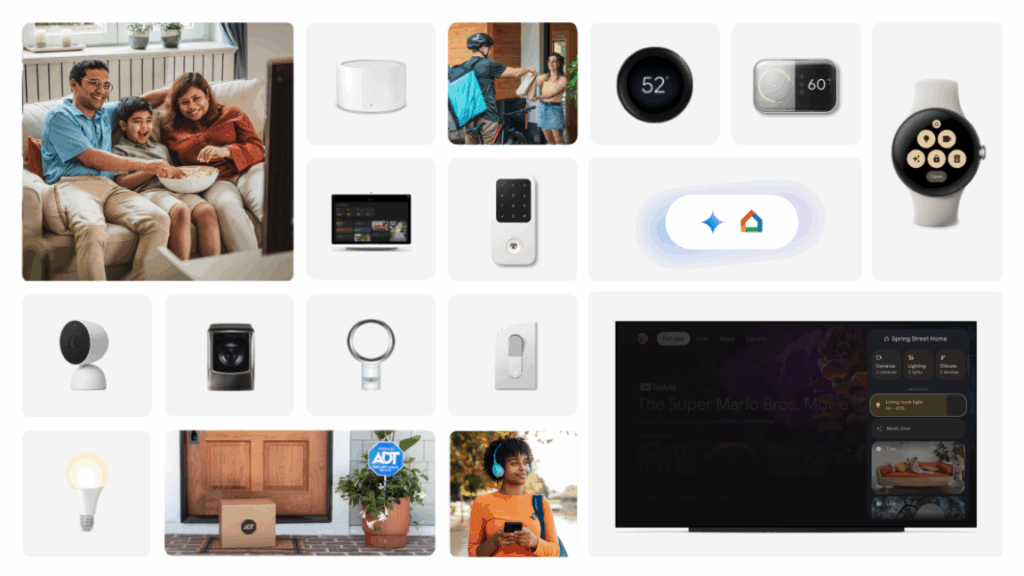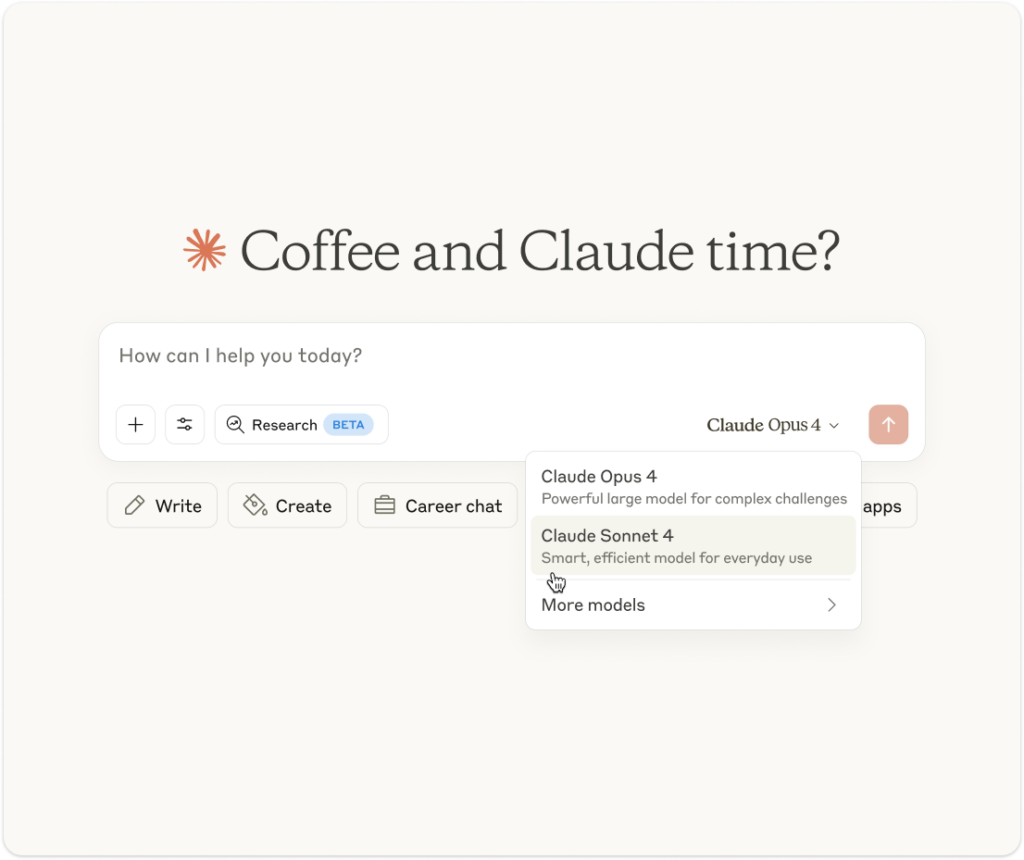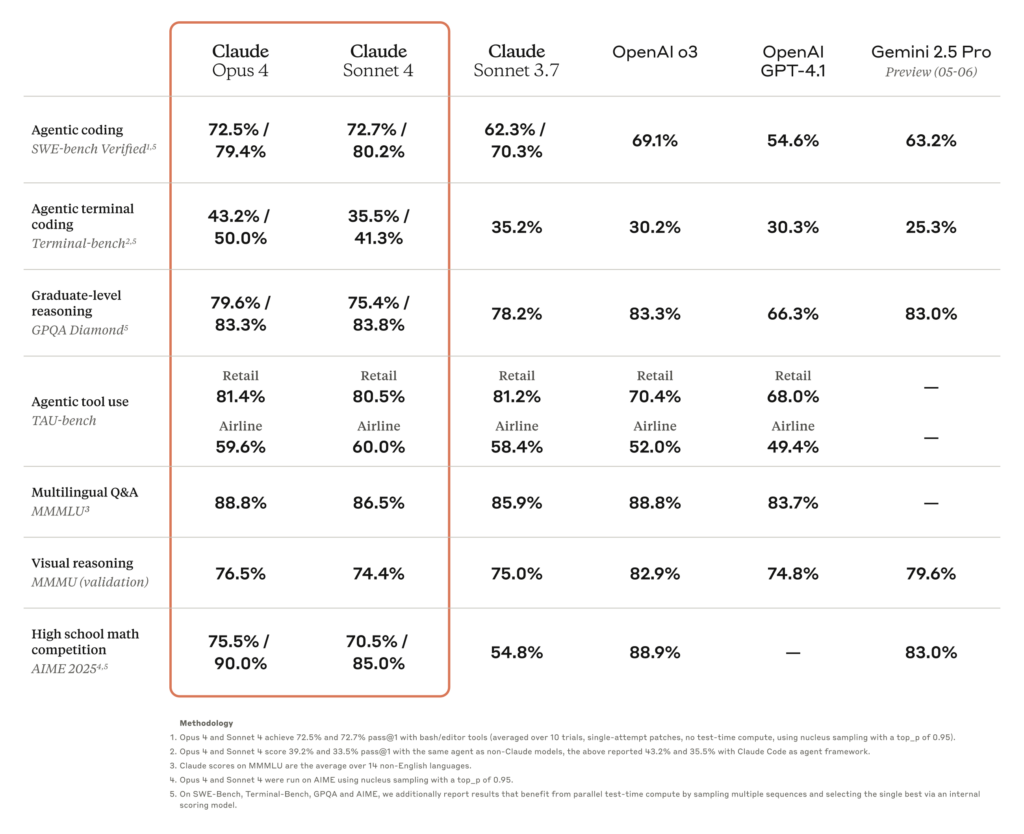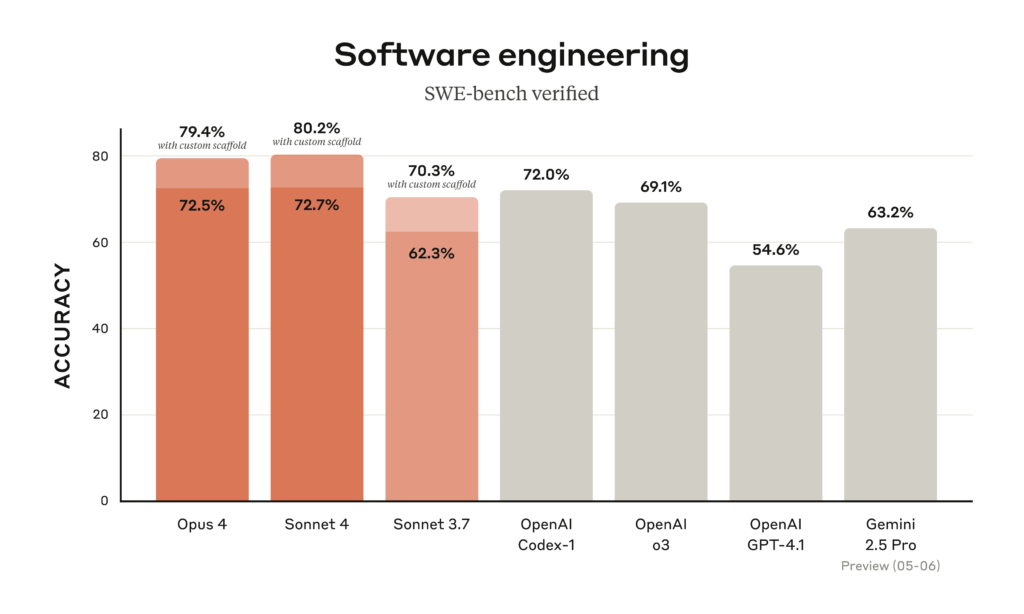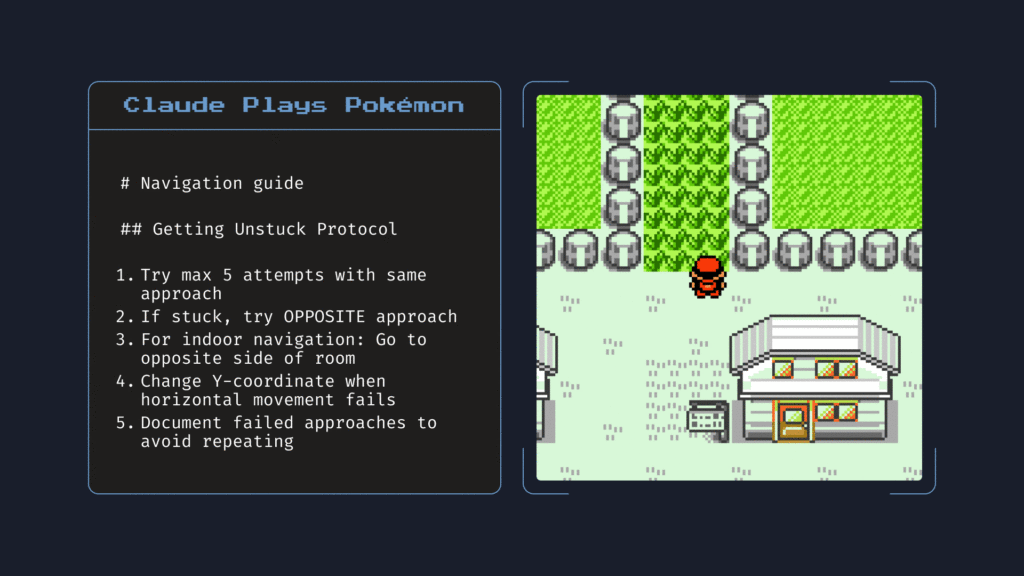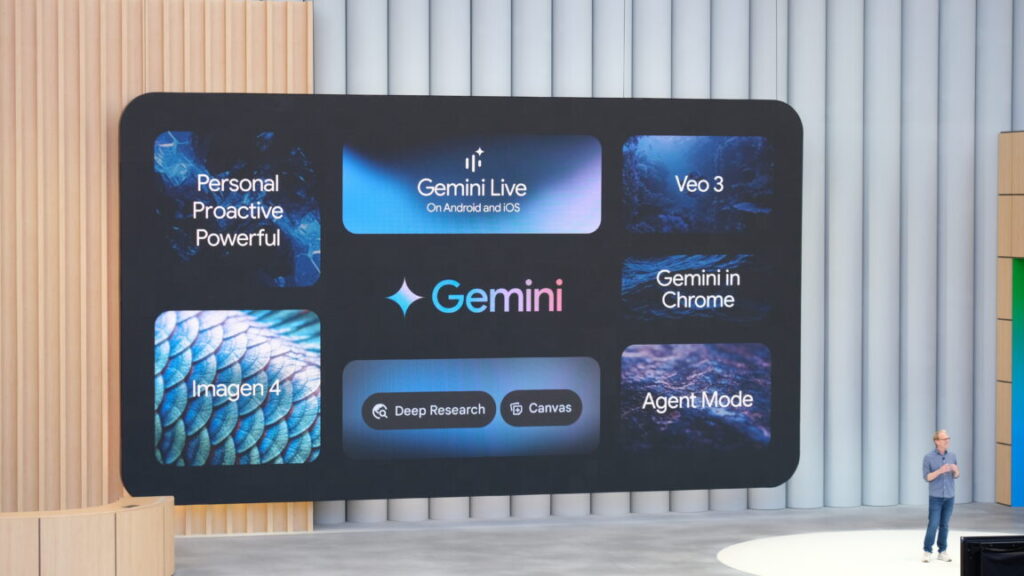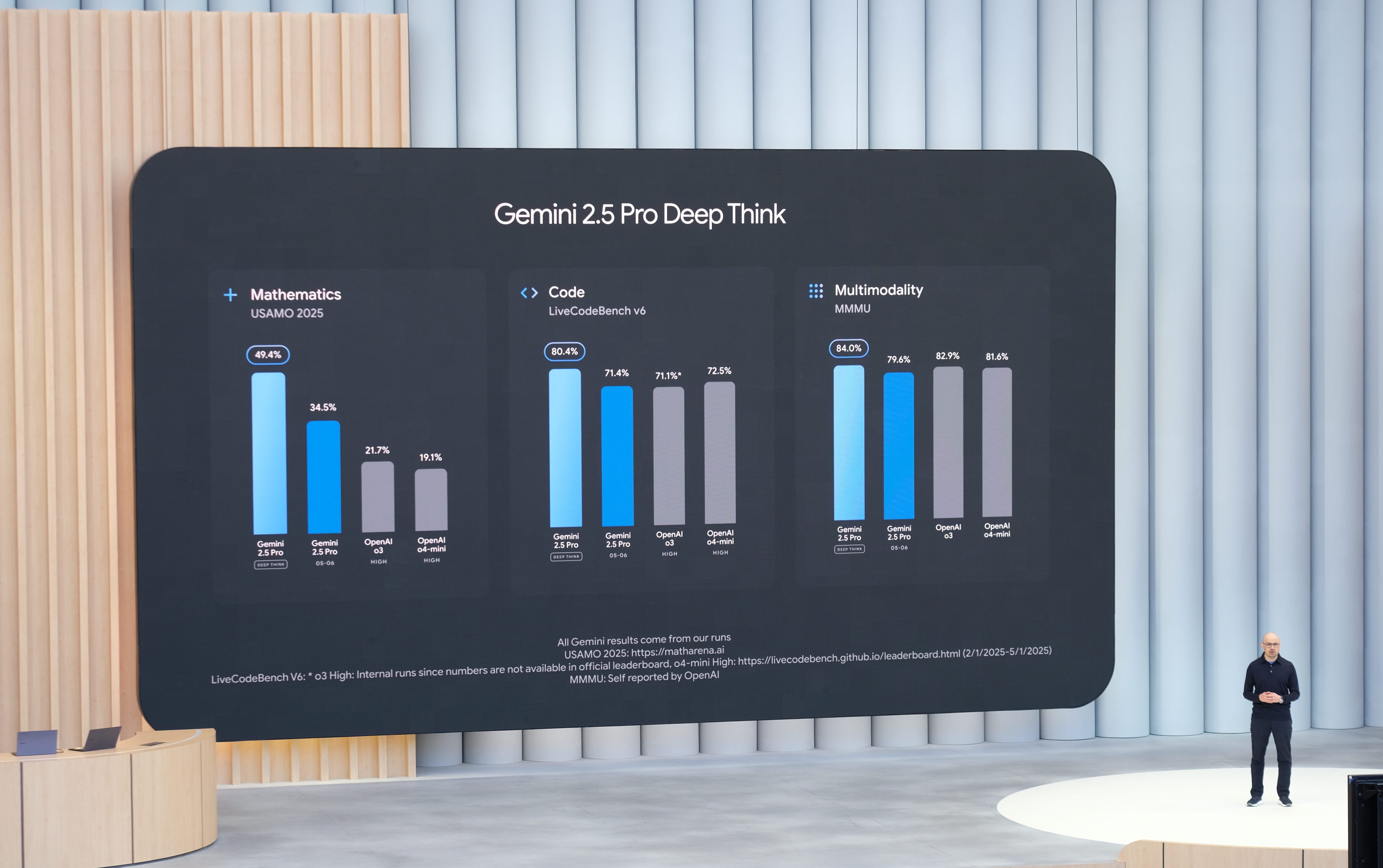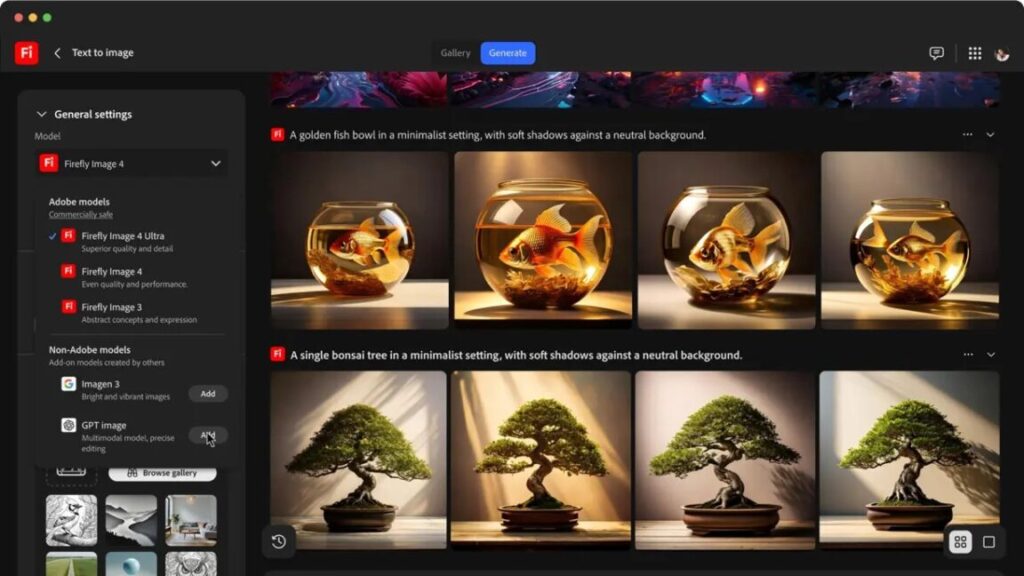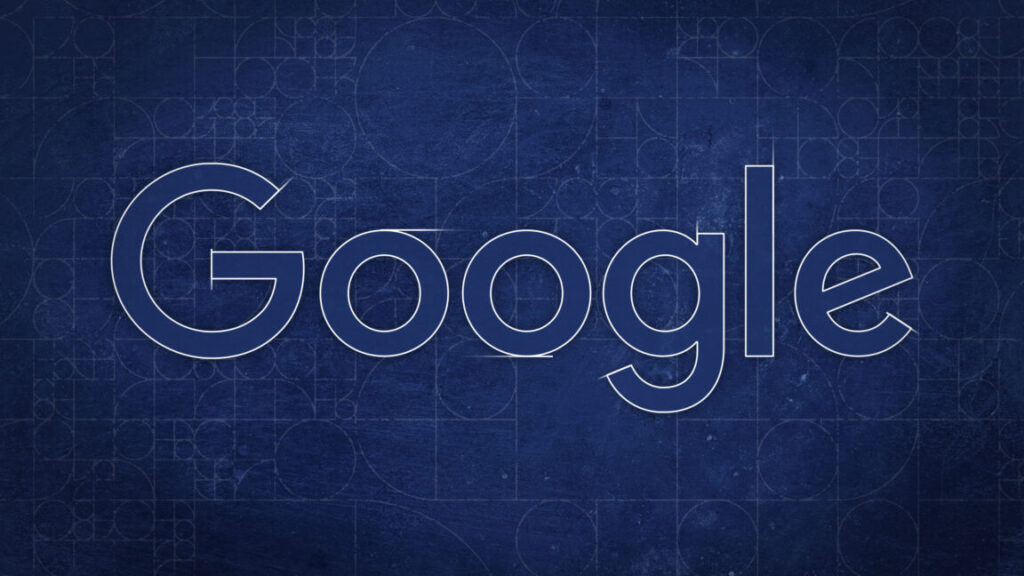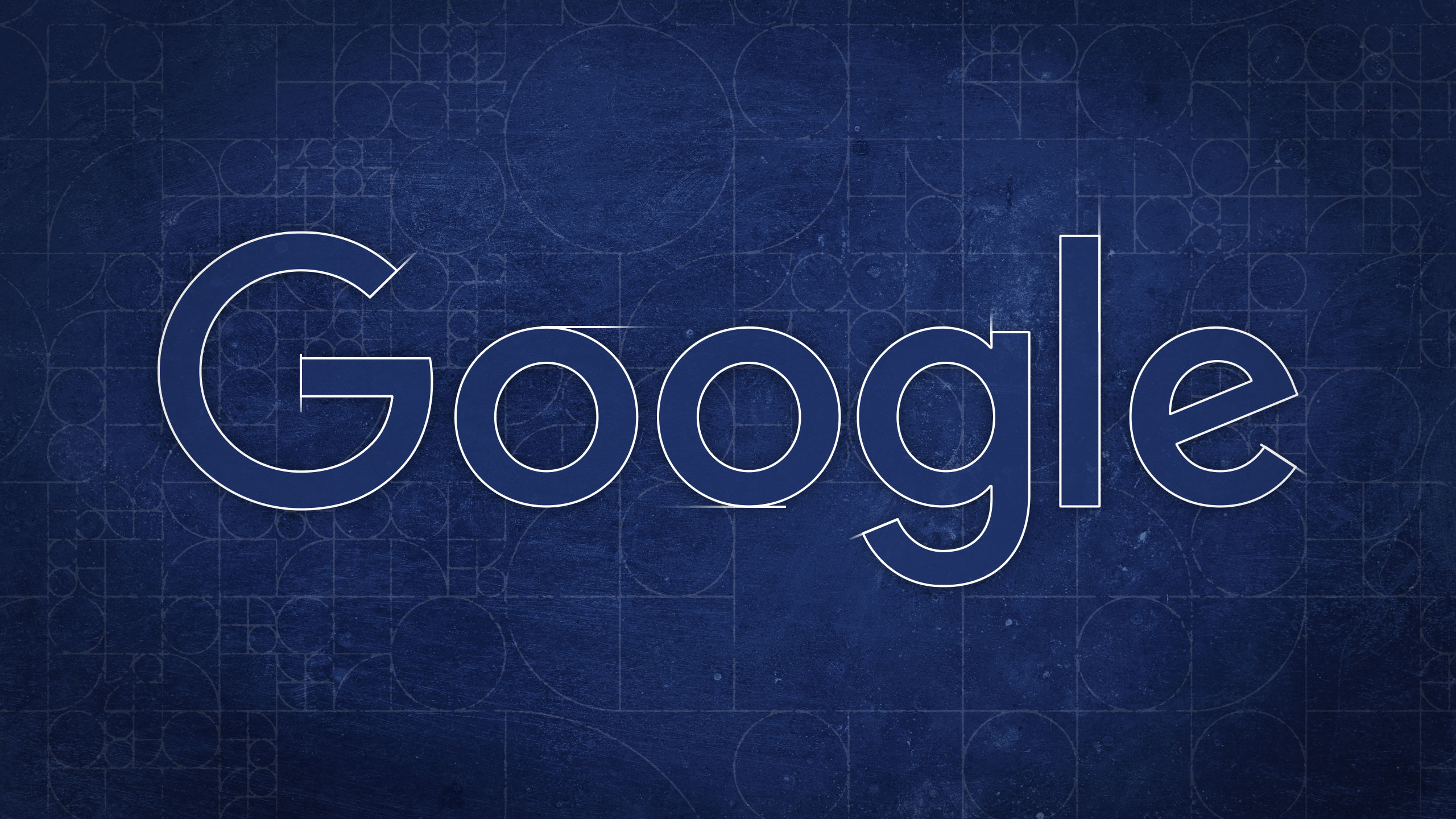OnePlus is the latest smartphone maker to go all-in with AI
OnePlus thrives on trends—if other smartphone makers are doing something, you can bet OnePlus is going to have a take. The company recently confirmed it’s ditching the storied alert slider in favor of an Apple-like shortcut button called the Plus Key, and that’s not the only trend it’ll chase with its latest phones. OnePlus has also announced an expanded collection of AI features for translation, photography, screen capture, and more. OnePlus isn’t breaking new ground here, but it is cherry-picking some of the more useful AI features we’ve seen on other phones.
The OnePlus approach covers most of the established AI use cases. There will be AI VoiceScribe, a feature that records and summarizes calls in popular messaging and video chat apps. Similarly, AI Call Assistant will record and summarize phone calls, a bit like Google’s Pixel phones. However, these two features are India-only for now.
Globally, OnePlus users will get AI Translation, which pulls together text, voice, camera, and screen translation into a single AI-powered app. AI Search, meanwhile, allows you to search for content on your phone and in OnePlus system apps in a “conversational” way. That suggests to us it’s basically another chatbot on your phone, like Motorola’s Ask and Search feature, which we didn’t love.
OnePlus also promises some AI smarts in the camera. AI Reframe will analyze what’s in your viewfinder and suggest different framing options. AI Best Face 2.0 (which will roll out later this summer) will analyze and correct things like closed eyes or “suboptimal expressions.” This sounds like a OnePlus version of Google’s Best Take, but we’re not complaining—that’s a great feature. The OnePlus can work with group shots of up to 20 people, and you can even feed it photos taken on other phones to fix everyone’s face.
OnePlus is the latest smartphone maker to go all-in with AI Read More »
